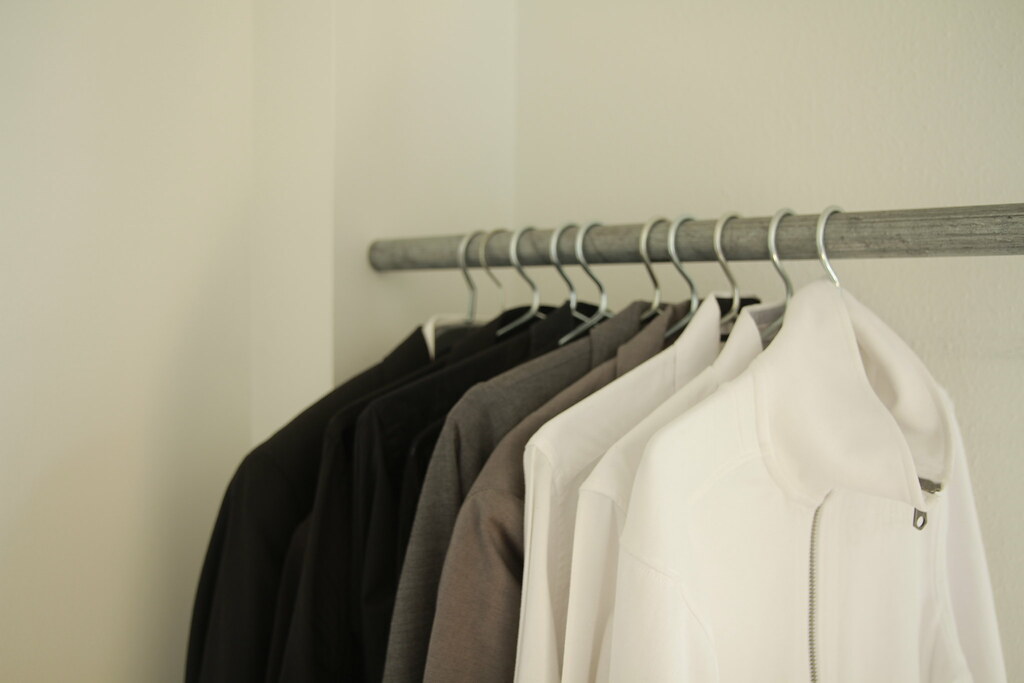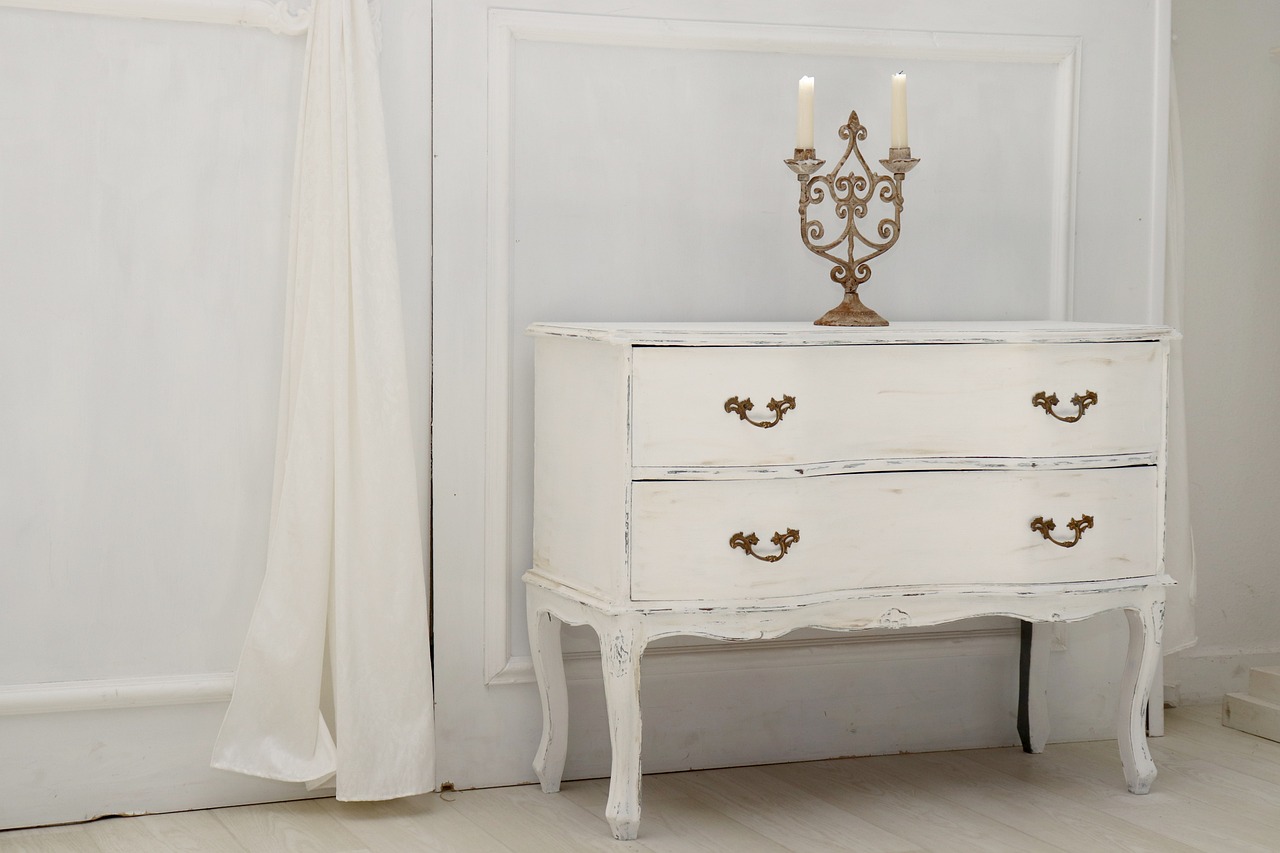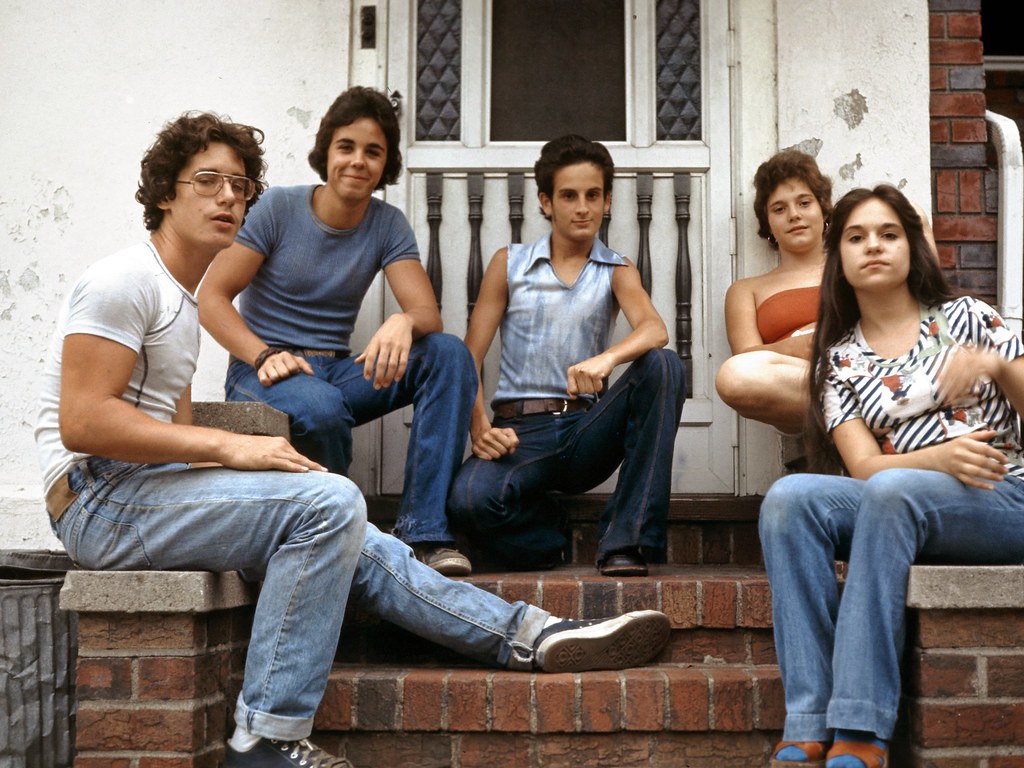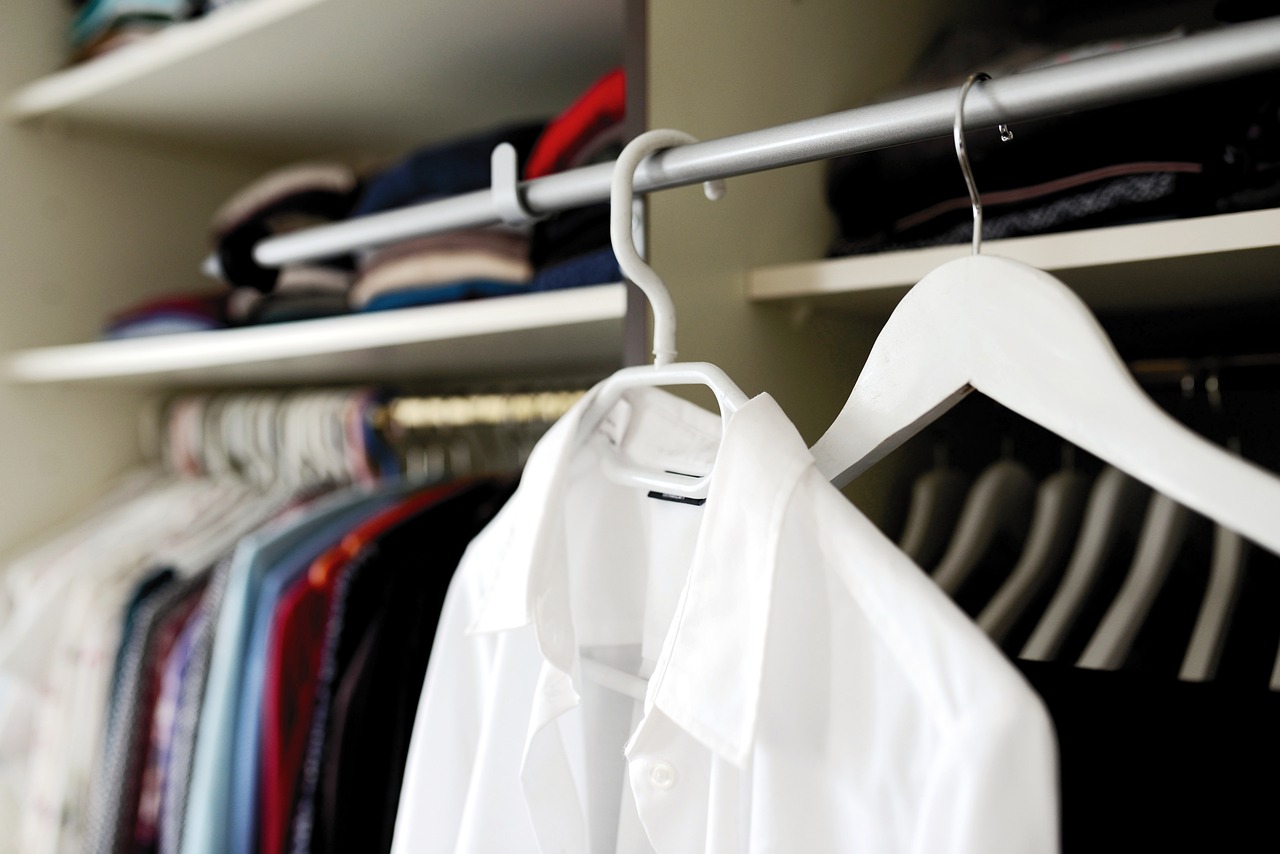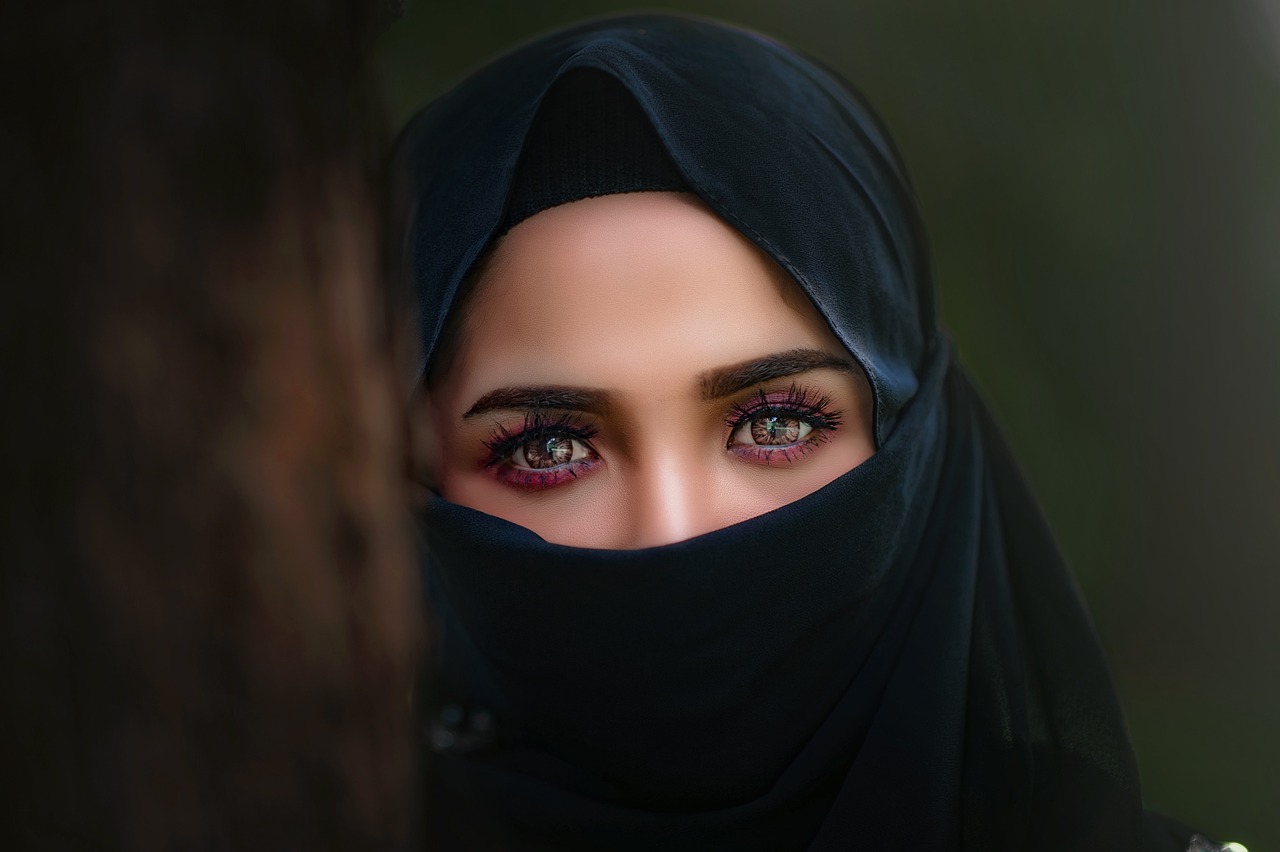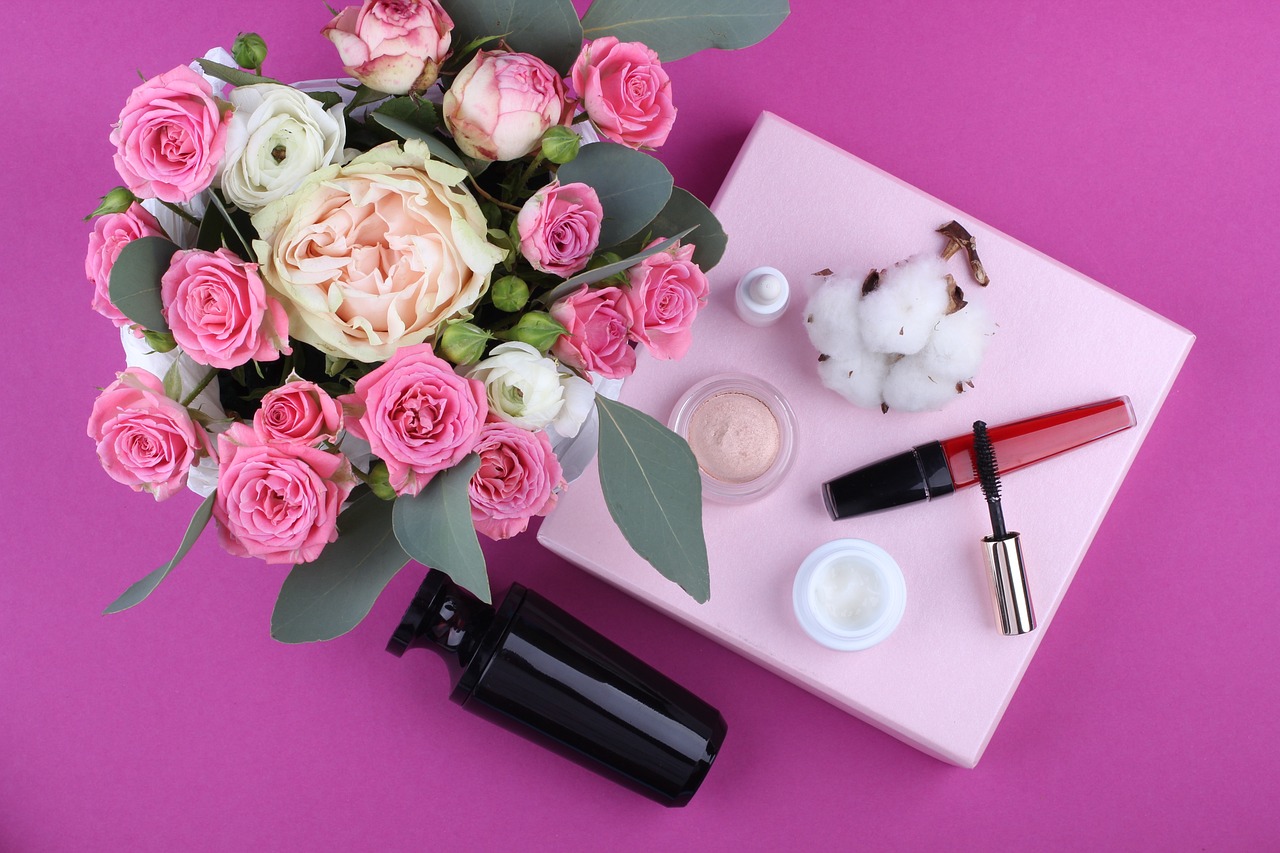The appeal of minimalist style lies in its simplicity, elegance, and timelessness. It’s about stripping down to the essentials, celebrating clean lines, high-quality fabrics, and a carefully curated wardrobe that exudes effortless chic. In a world overloaded with trends and fast fashion, mastering minimalist style is a way to cut through the noise and embrace a “less is more” philosophy. Whether you’re just starting out or looking to refine your approach to minimalist fashion, this guide will help you embrace the beauty of simplicity without sacrificing style.
Start with a Capsule Wardrobe
A capsule wardrobe is the cornerstone of minimalist style. It’s a collection of versatile, essential pieces that can be mixed and matched to create countless outfits. Think of items like a classic white button-down, well-fitted jeans, neutral sweaters, tailored trousers, and a little black dress. The idea is to have fewer items that work well together, giving you more outfit options without the clutter of an overstuffed closet.
When building a capsule wardrobe, stick to a neutral color palette—white, black, beige, navy, and gray. These colors are versatile, timeless, and easy to layer. A capsule wardrobe makes it easier to dress stylishly every day while eliminating the stress of figuring out what to wear. By focusing on quality over quantity, you ensure that every item has a purpose and fits seamlessly with the rest of your collection.
Prioritize Quality over Quantity
Minimalism is all about thoughtful consumption, and that begins with investing in high-quality pieces that will stand the test of time. Rather than buying several trendy, low-cost items, choose fewer pieces made from high-quality materials like cotton, linen, wool, and silk. High-quality clothing not only lasts longer but also looks and feels better. A cashmere sweater, for instance, may be an investment upfront, but it will retain its shape and softness far longer than a synthetic blend.
Look for pieces that are well-constructed, with attention to detail in stitching, fit, and fabric. Quality over quantity means you’ll find yourself reaching for the same beloved items again and again, without the urge to constantly replace them. This approach aligns perfectly with the minimalist ethos of buying less and buying better.
Stick to Neutral Tones and Simple Patterns
Color plays a key role in minimalist style. A neutral color palette forms the foundation of a minimalist wardrobe, providing a cohesive and versatile base for every outfit. Shades of white, black, gray, navy, and earthy tones work well together, making it easy to mix and match items without much thought. Neutral tones also have a calming quality that reflects the essence of minimalism—simplicity and tranquility.
When it comes to patterns, stick to simple, understated designs. Stripes, small checks, and subtle textures can add interest to your outfit without overwhelming it. Avoid busy prints and overly vibrant colors that might clash with the rest of your wardrobe. Minimalist style is about letting your personality shine through the simplicity of your clothing, rather than relying on loud prints to make a statement.
Embrace Clean Lines and Tailored Fits
Minimalist style is all about clean lines and perfectly tailored fits. Look for clothing that has a streamlined silhouette without too many embellishments or fussy details. A tailored blazer, a pair of straight-leg trousers, and a simple sheath dress are all excellent examples of minimalist staples. These pieces are structured, elegant, and exude sophistication without trying too hard.
The fit is crucial—an ill-fitting garment can undermine an otherwise minimalist look. If needed, take your clothes to a tailor to ensure that each item fits you perfectly. Well-fitted clothing enhances your silhouette, making you look polished and put-together with minimal effort. Minimalist clothing should feel comfortable and functional while flattering your body shape.
Focus on Texture to Add Interest
When working with a simple color palette and clean lines, texture becomes an important element in creating visual interest. Mixing different textures allows you to add depth to an outfit without straying from minimalist principles. For example, pair a chunky knit sweater with a smooth satin skirt, or a crisp cotton blouse with wool trousers. These contrasting textures add an understated complexity to your look while keeping the overall aesthetic simple.
You can also experiment with textures like leather, cashmere, silk, and linen to elevate your minimalist wardrobe. The juxtaposition of textures creates a luxurious feel and makes even the most basic outfit appear thoughtfully put together. Texture is key to keeping your outfits from feeling monotonous while still embracing the less-is-more philosophy.
Accessories with Purpose
Accessories are a powerful part of minimalist style, but they should be chosen with intention. Rather than overloading your look with multiple accessories, opt for one or two key pieces that enhance your outfit. Think of classic jewelry, such as gold hoops, a simple pendant necklace, or a sleek wristwatch. These pieces are timeless, elegant, and add a hint of luxury without overwhelming the look.
Bags and shoes are also important accessories in a minimalist wardrobe. A structured leather tote or a crossbody bag in a neutral color can be paired with virtually any outfit. Similarly, footwear like white sneakers, black ankle boots, or classic loafers are versatile options that work well across different outfits. Accessories should complement your look and reflect your style, while always staying true to the minimalist ethos of simplicity and function.
Layer Thoughtfully
Layering is a great way to add dimension to a minimalist outfit, but it should be done thoughtfully to maintain a streamlined silhouette. Stick to thin, breathable layers that can be easily combined without adding bulk. For example, a fitted turtleneck under a blazer, or a lightweight cardigan over a simple dress, can add warmth and style without complicating the look.
The key to layering in a minimalist way is to keep each layer intentional and cohesive. Avoid piling on too many items, which can make the outfit feel heavy and lose its minimalist edge. Instead, focus on creating a balanced look where each layer adds to the overall aesthetic, whether it’s through texture, color, or proportion.
Elevate with Tailored Outerwear
Outerwear is a key component of any wardrobe, and for a minimalist look, it’s important to choose pieces that are both functional and stylish. A well-tailored coat or a classic trench can add an element of sophistication to even the most basic outfit. Look for coats in neutral colors that can be layered over any ensemble, from jeans and a sweater to a dress and boots.
The simplicity of a tailored coat allows it to elevate any look, creating a sense of effortlessness that is at the core of minimalist style. Avoid jackets with too many embellishments or trendy details that may quickly go out of fashion. Instead, opt for timeless pieces that will continue to enhance your wardrobe year after year.
Avoid Over-Complicating Your Look
Minimalist style is all about simplicity, so it’s important not to over-complicate your outfits. Avoid excessive embellishments, loud logos, and overly busy designs. Instead, aim for a clean and cohesive look where every piece has a purpose. When putting together an outfit, ask yourself if each element contributes to the overall aesthetic—if not, consider removing it.
The beauty of minimalism lies in its restraint. Rather than trying to incorporate every trend or detail, focus on the essentials and let those items shine. This approach not only makes getting dressed easier but also ensures that your style remains timeless and authentic to you.
Choose Functional Footwear
Footwear plays an important role in minimalist style, and choosing the right shoes can make or break an outfit. Stick to classic silhouettes that are both functional and stylish. White leather sneakers, black ankle boots, and simple loafers are all excellent choices that can be paired with a wide range of outfits.
Comfort is key, so opt for shoes that are well-made and comfortable enough to wear all day. Minimalist footwear should be versatile, allowing you to move seamlessly from day to night without needing to change. Neutral colors and high-quality materials are a must, as they ensure that your footwear complements your wardrobe and maintains its appeal over time.
Wear Each Piece with Confidence
Perhaps the most important aspect of minimalist style is the confidence with which you wear each piece. Minimalism isn’t about hiding behind layers of fabric or making a loud statement with bold prints. It’s about showcasing your personal style through thoughtful, curated choices that make you feel your best.
Confidence is what ties your minimalist outfit together. Stand tall, embrace simplicity, and allow each carefully chosen piece to speak for itself. When you feel good in what you’re wearing, that confidence radiates through, making even the simplest of outfits look stylish and intentional.
Mastering minimalist style is about embracing quality, simplicity, and elegance. It’s a celebration of timeless pieces, clean lines, and the notion that less truly is more. By focusing on high-quality essentials, neutral tones, thoughtful layering, and purposeful accessorizing, you can create a wardrobe that feels cohesive, stylish, and effortlessly chic.


